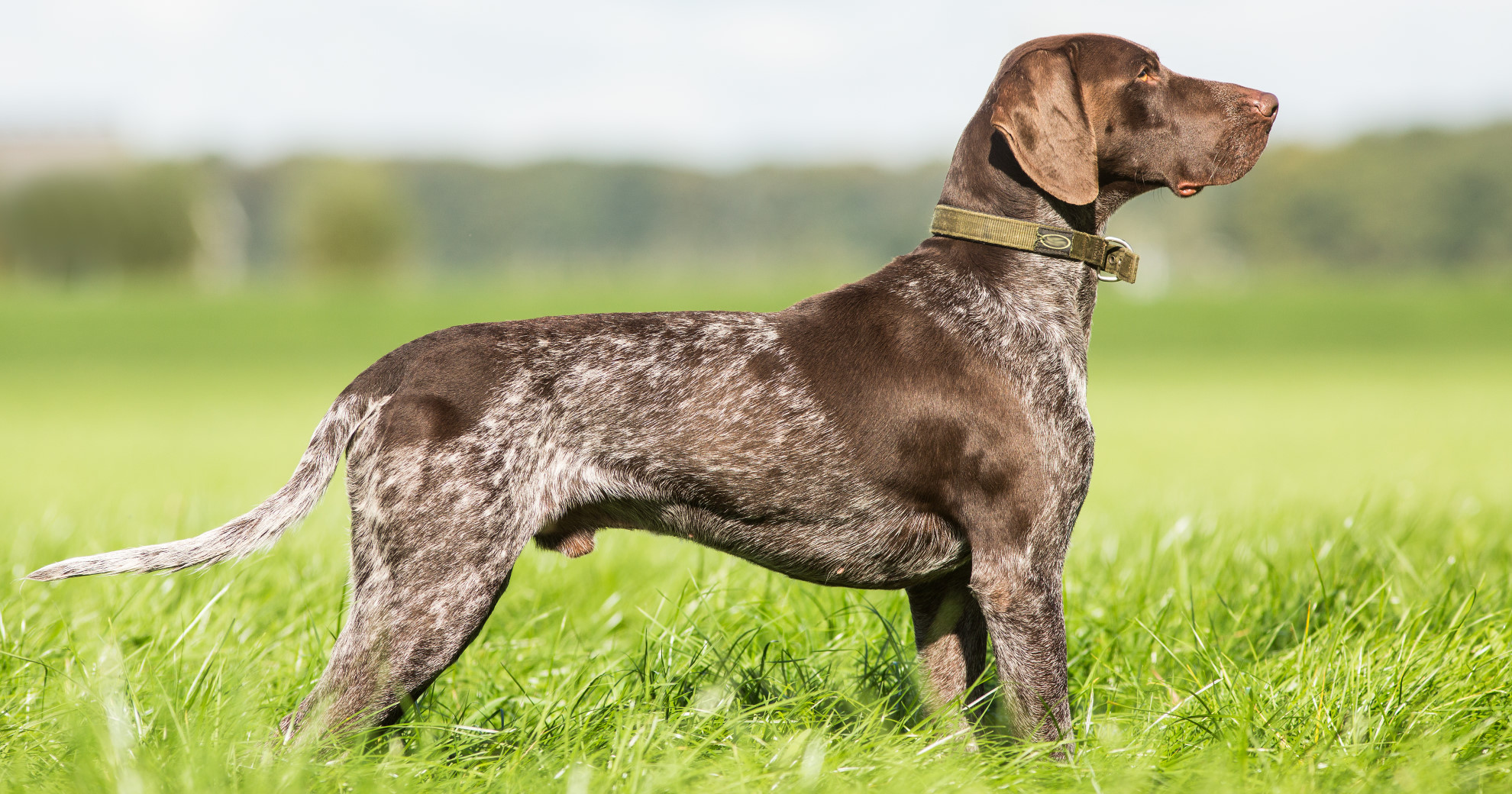HEALTH & WELLNESS

TRENDING

SIGN UP and Start Receiving
Our Monthly Newsletter,
The Chronicles
WHAT YOU SHOULD KNOW ABOUT OSTEOARTHRITIS

An Overview of Pain
Experts define pain as localized or generalized unpleasant bodily sensation or complex of sensations that causes mild to severe physical discomfort and emotional distress. Pain has been seen as simply the transmission through nerves of information about damage or potential damage to parts of the body.
Pain is a defense mechanism, telling the dog that it is injured and urging it to move away from what may be causing it. Pain is very subjective and difficult to measure.
Pain typically results from bodily disorder, such as surgery, trauma, arthritis or disease. Acute pain can be obvious and distressing. Chronic pain can be subtle, and masked as ‘getting old’ or ‘slowing down’.
DOGS OFTEN HIDE PAIN
Dogs suffer from pain just as humans do; however, dogs cannot easily tell us that they are in pain and signs may be subtle. There are many misunderstandings regarding pain in animals. For example, it is thought that a dog that is not moaning or crying out is pain free. This may not be the case. Most animals are not vocal about their pain. From a survival point of view, it was to an animal’s advantage, when still wild, to suffer silently and not draw the attention of predators to themselves.
CHRONIC PAIN OF OSTEOARTHRITIS (OA)
Humans are not the only mammals that can suffer from osteoarthritis (OA). Unfortunately, dogs can develop OA too. This is a chronic disease also known as degenerative joint disease. It is considered the primary cause of chronic pain in dogs and it tends to get worse with age.
JOINT PAIN AND OSTEOARTHRITIS
With the onset of OA, the protective cartilage in joints wears down and this leads to painful swelling, stiffness and eventually lameness (or loss of mobility). The long-term deterioration of the cartilage is progressive and permanent.
OA can affect one or more joints anywhere in the body; however, the most common joints affected in dogs are the hips, knees, shoulders and elbows. Most of these joints depend on a layer of cartilage acting as a cushion which also provides a smooth surface so the adjoining bones can move freely over each other.
PAIN AND BEHAVIORAL CHANGES
Many diseases can cause behavioral changes and osteoarthritis is one of them.
Signs of osteoarthritic pain include:
- Decreased level of activity
- Occasional lameness
- Stiff gait that worsens with exercise
- Avoiding stairs or hesitating to go for walks
- Taking a long time to urinate or defecate
- Crouching or snapping
- Decreased appetite
- Lethargy or sad, tense look on face
If you suspect that your dog is experiencing any pain, contact your veterinarian. He or she will most likely perform tests to determine the source of the pain. Once a diagnosis is made, a treatment plan can be put in place and your dog’s comfort level and quality of life can improve.
POSSIBLE CAUSES OF OSTEOARTHRITIS
The main cause is not clear, but many secondary causes have been identified. They include:
- Physical trauma, for example shoulder/kneecap dislocation and abnormal development/birth defects, for example elbow or hip dysplasia.
- Obesity should also be taken into consideration since excess weight puts additional, unnecessary stress on joints.
- Prolonged steroid treatment or if a dog already suffers from other diseases such as, diabetes or hyperlaxity.
DIAGNOSIS OF OA
A diagnosis of OA may be done based on an assessment of historical symptoms, such as decreased activity or stiffness, as well as a physical examination which may reveal:
- A decreased range of motion
- Stiff-legged gait
- Deformity of the joints
- Swelling or pain in the joints
If it is found that your dog is affected, there are pain management medications. The right medication can help put your dog back in motion by effectively relieving pain and inflammation.
PAIN MANAGEMENT FOR DOGS WITH OSTEOARTHRITIS
There are many types of drugs used to prevent and lessen pain. Your veterinarian will choose the appropriate drugs based on your dog’s specific needs. Some common veterinary pain-relief medications include:
- Nonsteroidal Anti-Inflammatory Drugs (NSAIDs)
- Opioids
- Corticosteroids
Unfortunately, there is no cure, but medications can help relieve osteoarthritic pain and improve quality of life by making the condition more manageable. Physical therapy can also be explored and some owners have turned to surgery.
Related Articles









